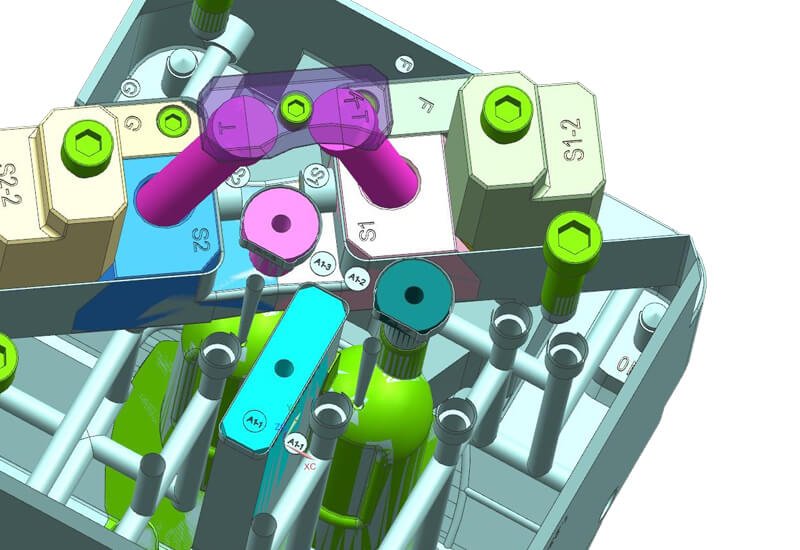
Factors in Plastic Part Design for Manufacturability
Designing plastic parts for manufacturability is crucial for ensuring efficient production processes, maintaining quality, and minimizing costs. A well-thought-out design influences every aspect of the manufacturing process from the molding to the final output. Here are key factors to consider when designing plastic parts to enhance their manufacturability.
1. Material Selection
Choosing the right material is foundational in plastic part design. Different materials have different properties such as strength, flexibility, thermal stability, and chemical resistance, which can significantly affect the manufacturing process and the functionality of the final product. Material choice also impacts the tooling design, cycle times, and finishing processes. Therefore, it’s important to select a material that not only meets the performance criteria of the part but also aligns with the manufacturing capabilities and goals.
2. Wall Thickness
Maintaining uniform wall thickness is one of the most critical factors in plastic part design. Uneven wall thickness can lead to issues such as warping, sink marks, and incomplete filling of the mold. Uniform thickness promotes better flow of the plastic inside the mold and reduces stresses that occur during cooling. It’s advisable to minimize variations in wall thickness and avoid sharp transitions by using gradual changes.
3. Rib Design
Ribs are used to reinforce the mechanical strength of plastic parts without increasing wall thickness. Proper rib design is essential to avoid defects. The general rule is to keep the rib thickness between 50% to 70% of the adjoining wall thickness to minimize issues like sink marks. The placement and spacing of ribs should also be carefully considered to ensure they contribute effectively to part strength without affecting the moldability.
4. Draft Angles
Draft angles are slight tapers applied to the faces of the part that are parallel to the direction of mold opening and closing. Including draft angles facilitates the removal of the part from the mold without damaging the part or the mold. Draft angles are particularly important in high-detail areas and when using materials with high shrinkage rates. Lack of adequate draft can lead to increased wear on the mold and higher rates of defective parts.
5. Undercuts
Undercuts are features in plastic parts that can hinder their ejection from the mold, such as snaps and holes perpendicular to the mold opening. While undercuts are sometimes necessary for the part’s functionality, they can complicate the mold design and increase the cost. It’s essential to evaluate the necessity of undercuts in the design phase and explore alternatives, like side-actions or sliders in the mold, or redesigning the part to eliminate them.
6. Moldability
Considering the moldability during the design phase involves evaluating how well the part design will transfer to a mold and what special requirements or technologies it might necessitate. This includes assessing aspects like the ease of mold filling, potential for air traps, and the ease of part ejection. A design that is mold-friendly can significantly reduce tooling and production challenges.
Conclusion
Designing for manufacturability is a complex but vital part of the development of plastic parts. By considering these factors, designers can create parts that are not only functional and robust but also economical to produce. At Nirdosh Polymers, we integrate these principles at the very beginning of the design process to ensure that our clients receive the best possible outcomes in terms of cost, quality, and performance. Incorporating these strategies from the outset can streamline your production process and enhance product success.


